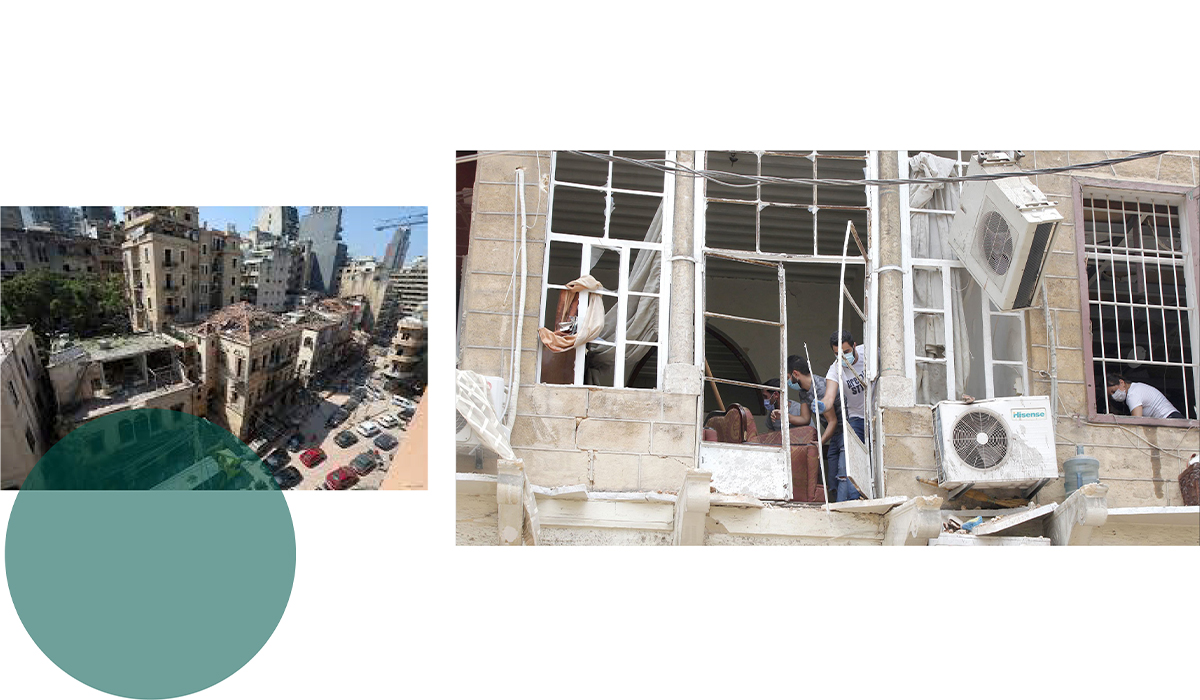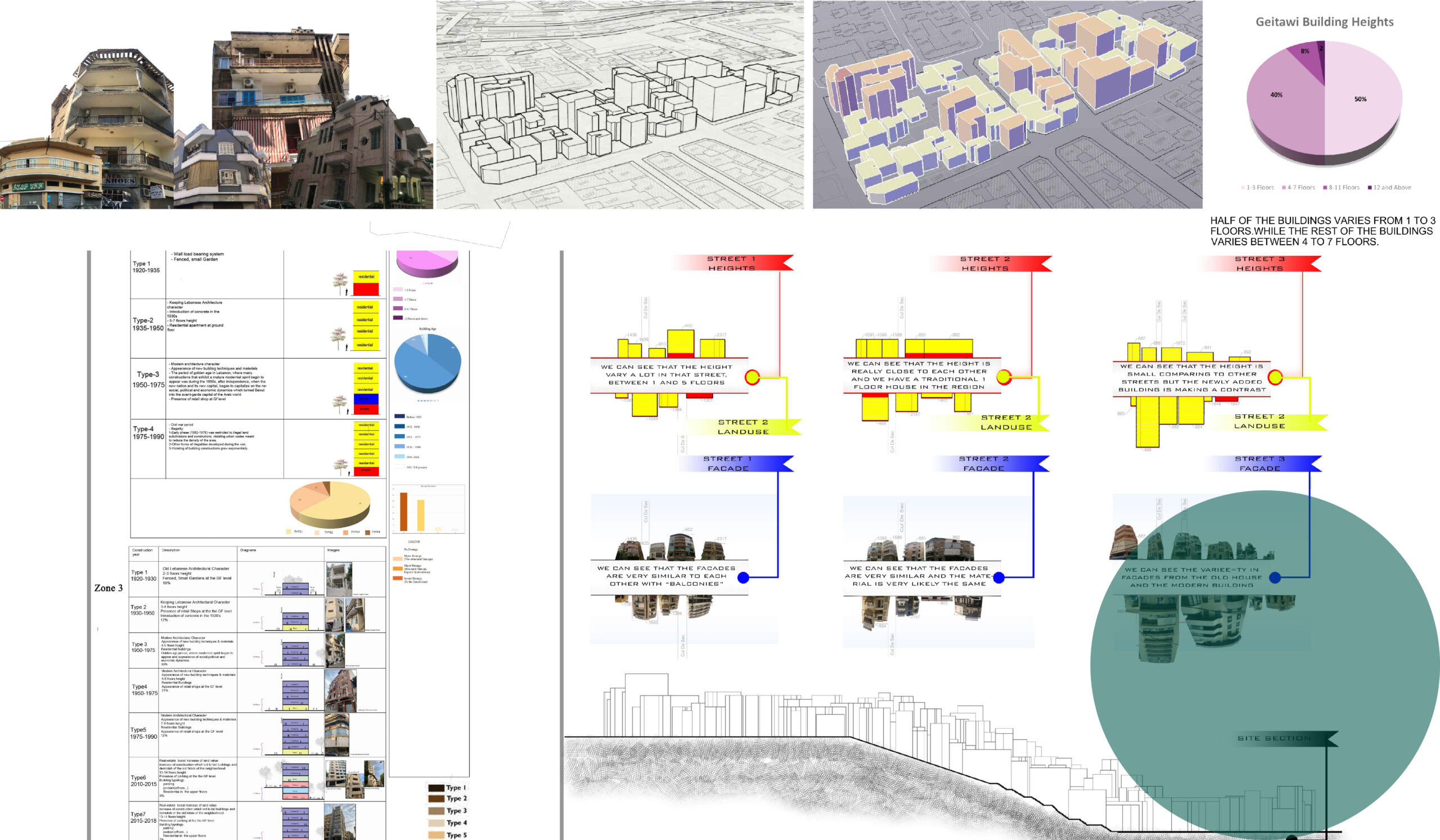Collaboration with UN-Habitat on Bourj Hammoud Neighborhood Damage Assessment

Office building in Beirut

Hurghada Natural Lagoons
Collaboration with UN-Habitat on Bourj Hammoud Neighborhood Damage Assessment


Location: Beirut, Lebanon.
Date: 2020.
Following the tragic explosion that occurred in Beirut, Lebanon, BAU University continued to offer help and support to the Lebanese community by forming a team of volunteers. The volunteers were tasked with conducting a rapid survey of the damaged buildings in the Bourj Hammoud Neighborhood, which was the first phase of the project.
The project aimed to support UN-Habitat Lebanon in conducting a damage assessment of the Bourj Hammoud Neighborhood. The objectives of the project included gathering qualitative and quantitative information about the damages in the affected buildings, developing a new urban vision for the neighborhood, and developing physical urban solutions for the community.
The creation process of the project involved a collaborative effort between the volunteers, the community members, and the local authorities. The team of volunteers worked tirelessly to gather information about the damages in the affected buildings, including the extent of the damages, the level of destruction, and the overall impact on the community.
The project aimed to provide physical urban solutions that would address the challenges faced by the community in Bourj Hammoud. The new urban vision focused on creating sustainable and modern infrastructure, including roads, electricity, water, and sewage systems. Additionally, the project aimed to create public spaces, such as parks and playgrounds, that would enhance the quality of life for the local community.
The Bourj Hammoud project has become a symbol of hope and progress for the local community. The project has helped to revitalize the area, and it has become a hub of activity and commerce. The project is a testament to the creativity, resourcefulness, and vision of the volunteers, community members, and local authorities who worked on it. They have created a space that reflects the unique cultural heritage of the area while also providing a modern and functional space that meets the needs of the people who use it. The project is a shining example of how urban design can be used to revitalize and enhance communities while preserving their cultural heritage.
